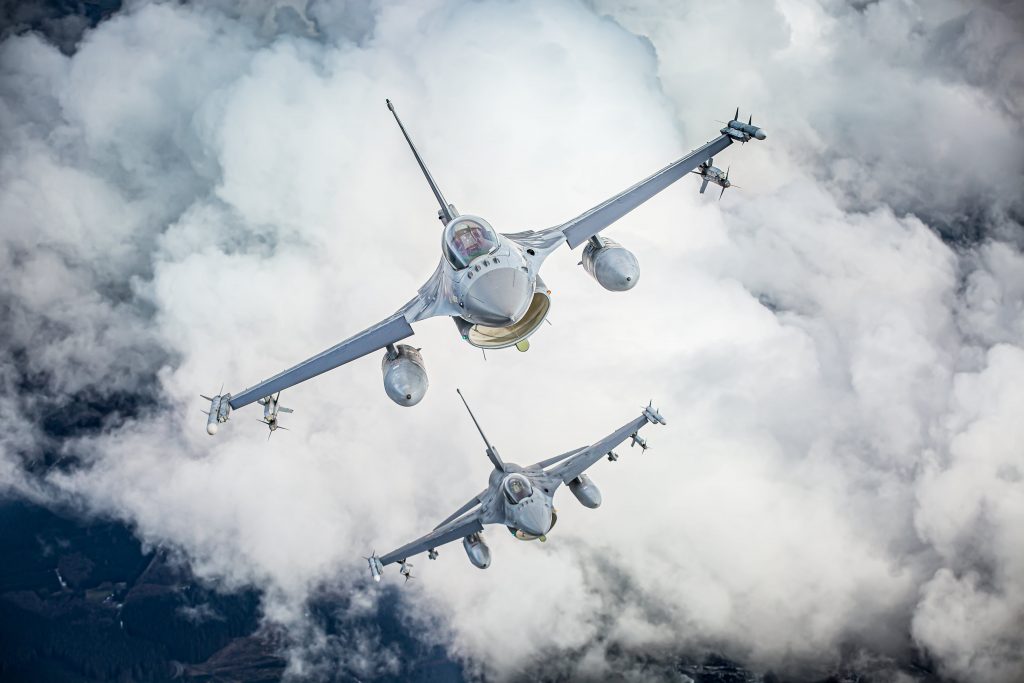In a collaborative effort to fortify the defense of the Benelux region, Belgium and the Netherlands have been vigilantly monitoring their airspace since January 1, 2017, employing a joint fleet of fighter aircraft. This distinctive partnership not only generates substantial cost savings but also amplifies the efficacy of air defense operations. Under the auspices of the Aid to the Nation and Quick Reaction Alert (QRA) initiatives, the Belgian and Dutch air forces have amalgamated their resources to safeguard the Benelux territory. In Belgium, oversight of the aircraft is coordinated by the Control and Reporting Center (CRC) stationed in Bevekom.
The Benelux Union (Dutch: Benelux Unie; French: Union Benelux; Luxembourgish: Benelux-Unioun) is a politico-economic union and formal international intergovernmental cooperation of three neighbouring states in western Europe: Belgium, the Netherlands, and Luxembourg. The name is a Blend word formed from joining the first few letters of each country’s name and was first used to name the customs agreement that initiated the union (signed in 1944). It is now used more generally to refer to the geographic, economic, and cultural grouping of the three countries. The presidency of the Benelux is held in turn by the three countries for a period of one year. Belgium holds the presidency for 2024.

Previously, each nation maintained two F-16s on standby for swift deployment in response to alarms, resulting in a continuous deployment of four aircraft. This consolidation not only conserves two aircraft but also rationalizes the utilization of pilots and support personnel. The liberated resources can thus be redirected towards diverse tasks, encompassing training regimens and international missions. Central to this collaboration is the QRA, aimed at ensuring the perpetual availability of two fighter planes, capable of scrambling within fifteen minutes to repel airspace incursions.
The Quick Reaction Alert serves a dual purpose, both within the military ambit of NATO and in the realm of national security. Domestically, fighter aircraft can be mobilized, in extreme circumstances, to intercept civilian aircraft posing terrorist threats. The authority vested with this task lies with the respective Minister of Defense of the airspace in jeopardy. A pivotal facet of this collaboration is “Renegade,” meticulously crafted to combat airborne terrorism. This insidious form of terrorism employs aircraft as weapons, targeting civilian populations or critical infrastructure. The catastrophic events of September 11, 2001, underscored the imperative of international cooperation in countering aerial terrorism.















